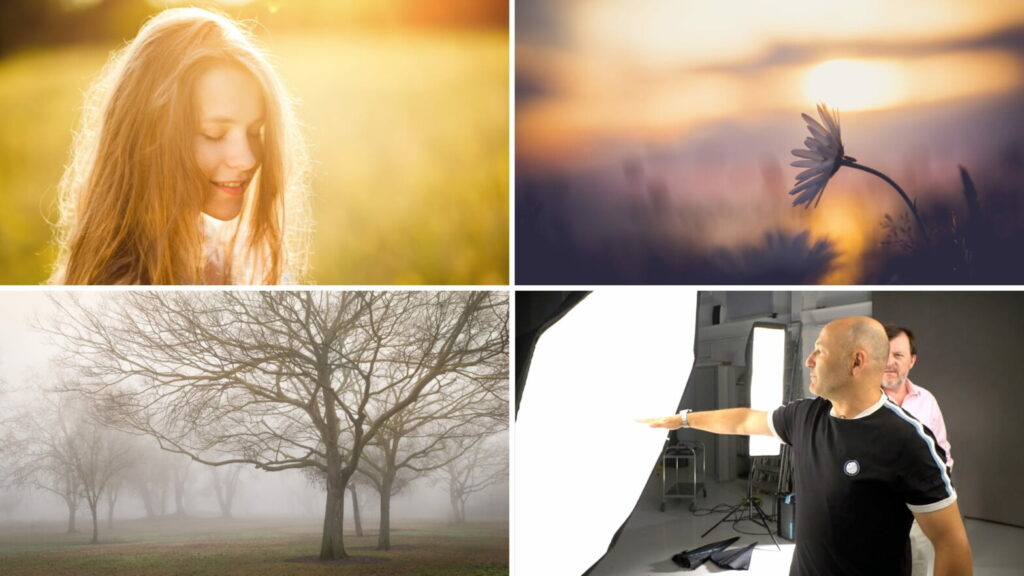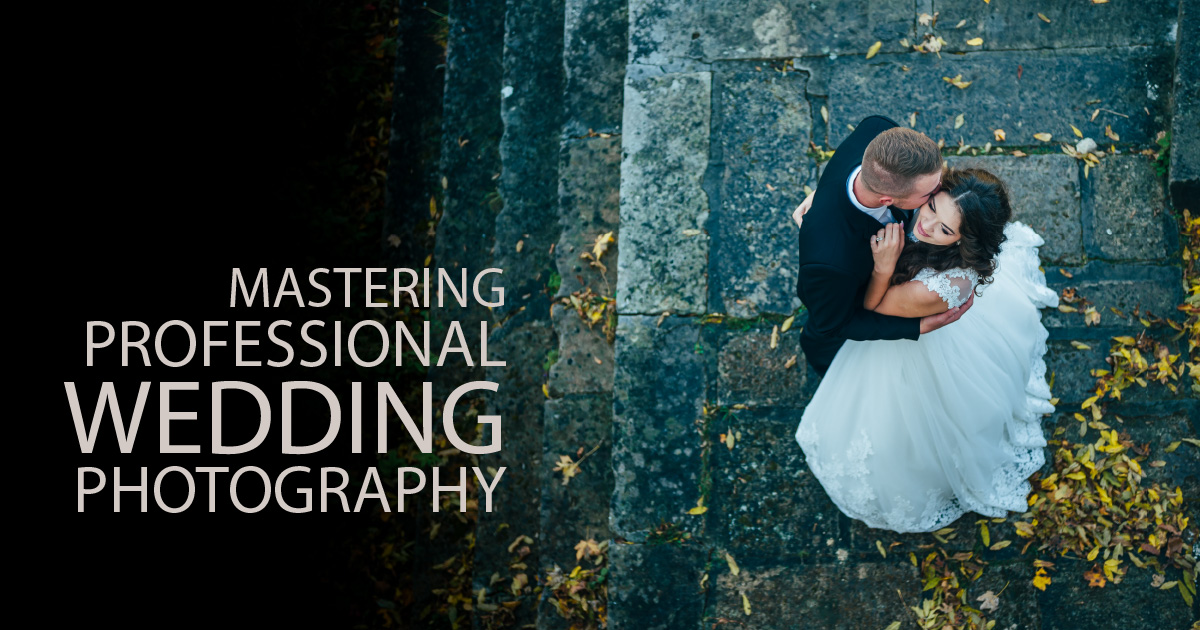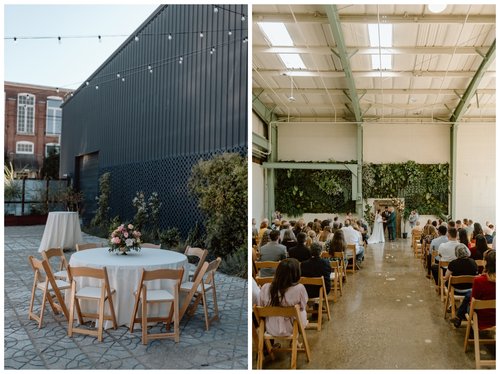Introduction
Wedding photography is a specialized genre that demands a unique set of skills and techniques to truly capture the essence of the special day. One key element that can significantly impact the quality of wedding photographs is lighting. Mastering lighting techniques is essential for photographers aiming to create stunning and memorable images that reflect the beauty of each moment. This comprehensive guide will explore various lighting techniques designed to elevate your wedding photography to new heights.
Types of Wedding Photography Lighting
1. Natural Light

Natural light stands out as the most beautiful and flattering source for wedding photography. It provides a soft, ethereal quality that enhances the romance and emotion of each moment. When shooting in natural light, consider the time of day and the direction of the light. The golden hours—just after sunrise and before sunset—offer the most magical and warm illumination for capturing breathtaking images. Utilize open windows, doorways, or outdoor spaces to maximize available natural light and create an organic feel in your photographs.
2. Off-Camera Flash

While natural light is fantastic, certain situations call for additional illumination. Off-camera flash is a powerful tool that grants full control over lighting in your images. By positioning the flash away from the camera, you can create depth, eliminate harsh shadows, and add a touch of drama. Experimenting with different flash positions, modifiers, and power settings can help achieve the desired effect while maintaining a natural look. This technique is particularly beneficial in indoor or low-light environments, such as dimly lit reception halls or evening ceremonies.
3. Diffused Lighting
Diffused lighting produces a soft and gentle illumination that flatters wedding photography. This technique involves using diffusers to scatter light, reducing harsh shadows on subjects. Softboxes, umbrellas, or sheer curtains serve as effective diffusers, creating a more even light source. Diffused lighting is ideal for capturing intimate moments, such as the exchange of vows or the first dance, as it adds a romantic and dreamy atmosphere to the images.
4. Directional Lighting

Directional lighting introduces depth and drama by highlighting specific areas or subjects within the frame. Positioning the light source at an angle relative to the subject creates striking shadows and highlights, enhancing texture and visual interest. Experiment with various angles and intensities to develop unique and impactful compositions. This approach works exceptionally well for capturing intricate details, such as the delicate lace on a wedding gown or the ornate patterns on a wedding cake.
5. Backlighting
Backlighting involves positioning the light source behind the subject, producing a halo effect and often resulting in stunning silhouettes. This technique adds depth, mystery, and artistic flair to wedding photographs. It works best during sunset or when strong light sources are in the background, such as fairy lights or candles. Backlighting is perfect for capturing romantic moments or showcasing the beautiful scenery of the venue. Remember to expose for the brighter background to maintain the silhouette effect.

6. Continuous Lighting
Continuous lighting utilizes constant light sources, such as LED panels or video lights, for wedding photography. This allows you to see how light falls on subjects in real-time, making it easier to capture candid moments without relying on flash or high ISO settings. Continuous lighting proves especially useful during indoor events or low-light situations, enabling a natural and unobtrusive approach. It ensures consistent lighting throughout the event and helps capture genuine emotions and interactions between the couple and their loved ones.
7. Light Painting

Light painting adds a creative touch to wedding photographs, infusing a sense of magic and whimsy. This technique involves using long exposures and moving a light source around the frame to create trails of light or illuminate specific areas. Light painting excels in low-light or nighttime settings, allowing for unique and artistic images. Experiment with writing words or shapes with light, or use sparklers for dazzling effects. This technique introduces enchantment, resulting in truly mesmerizing photographs.
Wedding Photography Techniques
1. Harnessing Natural Light

Lorem ipsum dolor sit amet, consectetur adipiscing elit. Ut elit tellus, luctus nec ullamcorper
Natural light remains a cornerstone in wedding photography, offering a soft, flattering quality that beautifully complements the mood and ambiance of a couple’s special day. The delicate illumination provided by the sun can create an ethereal, romantic atmosphere, elevating the visual appeal of both the subjects and the venue. To fully harness the benefits of natural light, it is crucial to scout the wedding venue in advance, identifying key locations where light will be optimal throughout the day. Factors such as the time of day, weather conditions, and the direction of sunlight play a pivotal role in determining the best approach. Outdoor weddings, especially those during the golden hour—shortly after sunrise or just before sunset—benefit immensely from the soft, warm light that casts a magical glow over the entire scene. Whether capturing the exchange of vows, the couple’s first dance, or candid moments between guests, strategically utilizing natural light can create timeless, emotionally resonant images that encapsulate the essence of the wedding day.
mattis, pulvinar dapibus leo.
2. Mastering Off-Camera Flash Techniques for Versatile Lighting

While natural light is often the go-to choice, wedding photographers frequently encounter situations where additional illumination is required—especially in low-light environments such as evening ceremonies or indoor receptions. Mastering the off-camera flash technique allows for greater creative control, enabling photographers to introduce depth and dimension to their images without relying solely on ambient light. Positioning the flash unit off to the side, behind, or even above the subject can dramatically alter the scene, mitigating harsh shadows and adding a sense of dynamism to the composition. Off-camera flash also provides versatility by allowing light to be bounced off ceilings, walls, or reflectors, creating a more natural, diffused effect. Using modifiers like softboxes, umbrellas, or bounce cards further enhances the quality of the light, producing softer shadows and a more flattering look. This technique is especially effective in dimly lit spaces, such as reception halls, where balancing ambient and artificial light ensures that every moment is captured with clarity and style.
3. Utilizing Diffused Lighting for Soft, Romantic Imagery

In wedding photography, achieving soft, flattering lighting is key to creating images that resonate emotionally. Diffused lighting offers a gentle, even illumination that minimizes harsh shadows and highlights, resulting in a romantic, ethereal quality. Diffusion is typically achieved by placing softboxes, umbrellas, or translucent materials such as sheer curtains between the light source and the subject. This scattered light effect helps create a smooth, natural glow, perfect for intimate moments like the couple’s first dance, the bride’s procession, or quiet exchanges of love and emotion. The use of diffused lighting is particularly beneficial in close-up shots, where details like the bride’s veil, floral arrangements, or the soft glow of candles can be accentuated without overpowering the scene. By incorporating diffused lighting, photographers can evoke a sense of warmth and tenderness in their images, elevating the overall visual narrative of the wedding day.
4. Implementing Directional Lighting for Dramatic Wedding Photography
For those seeking to infuse wedding photographs with a sense of drama and visual interest, directional lighting is a powerful technique to master. By positioning the light source at a specific angle—either from the side, above, or even below the subject—photographers can create bold contrasts between light and shadow, emphasizing the textures and details within the scene. This method works particularly well for highlighting intricate elements like the bride’s lace gown, the groom’s tailored suit, or ornate details in the décor. Directional lighting, especially when employed creatively, can bring a heightened level of storytelling to wedding photography. For example, side lighting can cast long, moody shadows that emphasize depth and dimension, while backlighting can create a stunning silhouette or halo effect, adding an ethereal quality to the couple’s portraits. Experimenting with various angles, light intensities, and distances can produce striking, visually impactful compositions that draw the viewer’s eye and enhance the emotional tone of the images. Mastering this technique allows photographers to capture the unique atmosphere and character of each wedding, creating memorable, artistic photographs that stand out.
5. Mastering Backlighting for Stunning Silhouettes
Silhouettes offer a captivating element of mystery and artistry in wedding photography, giving images a sense of timelessness and emotion. The secret to creating impactful silhouettes lies in the use of backlighting. By positioning a strong light source behind the couple and setting the camera’s exposure for the brighter background rather than the subject, you can create striking contrast between the darkened figures and the illuminated scene. This technique works especially well during golden hour, when the soft, warm light of the setting sun adds depth and romance to the shot. However, you can also experiment with artificial light sources such as fairy lights, lanterns, or candles to create a similar effect indoors or in low-light situations. Silhouettes are perfect for evoking emotion and telling a visual story, often symbolizing the intimate connection between the couple. Try experimenting with a variety of poses and compositions to capture the couple’s unique shapes and personalities, using the landscape or wedding venue as a dramatic backdrop. The resulting images will exude romance, intimacy, and a timeless beauty that clients will treasure for years to come.
6. Harmonizing Ambient and Artificial Light

Wedding photography frequently involves a mix of natural and artificial lighting, especially when moving between indoor and outdoor settings. To achieve well-balanced and aesthetically pleasing images, it’s essential to carefully manage the relationship between ambient and artificial light sources. This involves adjusting your camera settings—such as aperture, shutter speed, and ISO—to ensure the various light sources complement one another rather than compete. For instance, when photographing indoors where artificial lighting (such as tungsten or LED) is prevalent, you may need to adjust the white balance to account for the warmer or cooler tones that differ from natural daylight. This is crucial to avoid unnatural color casts or unflattering skin tones. In some situations, using a combination of flash with natural light can create a more dynamic image, highlighting key moments without overpowering the ambiance of the venue. Always consider the mood you want to convey: is it soft and romantic or bold and dramatic? By carefully balancing these light sources, you can maintain the integrity of the setting while directing attention to the most important subjects, ensuring every shot encapsulates the essence of the moment.
7. Capturing Magic with Creative Light Painting
Light painting offers a unique and visually stunning way to bring a sense of whimsy and creativity to wedding photography. This technique involves using a long exposure and moving a light source, such as a flashlight, LED, or sparkler, to “paint” light within the frame. With the camera set on a tripod to prevent shake during the long exposure, you can manipulate the light to draw patterns, write words, or create glowing shapes around the couple, transforming an ordinary scene into something magical. Light painting works best in low-light environments, such as outdoors at night or in a dimly lit venue. Capturing the couple beneath a starry sky while “painting” swirling shapes with light can create a dreamy, surreal effect, while writing out words like “love” or their names with sparklers adds a personal touch. It’s important to experiment with different exposure times and light intensities to find the perfect balance between the ambient light and the painted elements. The results are always one-of-a-kind, offering couples an enchanting and unforgettable way to commemorate their wedding day. This creative approach not only adds artistry to your portfolio but also delights clients with images that feel magical and unique.
8. Continuous Lighting for Unscripted Moments

Candid photography is all about capturing raw, emotional moments as they unfold naturally during the wedding day. To do this effectively, you need a lighting setup that won’t interrupt the flow of events or distract the subjects. Continuous lighting, such as LED panels or portable video lights, provides a steady light source that allows you to see in real-time how the light is interacting with your subject. This is particularly useful in indoor or low-light settings, such as during a dimly lit reception or a candle-lit ceremony, where flash photography could be disruptive or overpowering. Unlike flash, which only fires at the moment of exposure, continuous lighting enables you to monitor and adjust the lighting as you shoot, ensuring a more natural and flattering illumination on your subjects. It’s especially helpful when capturing intimate moments like a couple’s first dance, where you want to preserve the ambiance while still highlighting the emotion on their faces. By using continuous lighting, you can keep your ISO low, avoiding grainy images while still maintaining sharpness and clarity. The consistent lighting ensures that even in fast-moving or spontaneous moments, the exposure remains balanced, allowing you to focus on the emotion and connection between the couple and their guests.
9. Embrace Experimentation and Adaptability
Wedding photography is as much about technical skill as it is about creative problem-solving. Every wedding presents its own unique set of lighting conditions and challenges, from harsh midday sun to dimly lit dance floors. While mastering traditional lighting techniques is essential, the ability to adapt and experiment in real-time is what sets great photographers apart. Wedding days are full of unexpected moments—whether it’s an unplanned change in the weather or a last-minute adjustment to the ceremony location—and being flexible with your lighting setup is crucial to capturing those fleeting moments in the best possible light. For instance, you might need to improvise by using natural reflectors, such as white walls or tablecloths, to bounce light onto your subjects, or experiment with off-camera flash to create dramatic, mood-filled portraits. Always be on the lookout for creative opportunities to incorporate lighting in unconventional ways, whether through backlit portraits, reflections, or shadows. The ability to think on your feet and adapt to the environment will allow you to create distinctive images that stand out. Each wedding is an opportunity to push your creativity and showcase your skills, transforming ordinary moments into extraordinary memories.
Conclusion
Mastering lighting techniques is vital for capturing beautiful and memorable wedding images. Here’s a quick recap of key techniques covered:
- Natural light offers soft, flattering illumination, perfect for romantic wedding scenes.
- Off-camera flash helps create depth and drama, especially in low-light conditions.
- Diffused lighting softens harsh light, ideal for intimate moments.
- Directional lighting introduces shadow and texture for more dynamic compositions.
- Backlighting creates silhouettes and adds artistic depth.
- Balancing ambient and artificial light ensures a cohesive, well-lit image.
- Light painting adds creative, magical effects in low-light situations.
- Continuous lighting is great for capturing candid, real-time moments seamlessly.
For more practical tips and detailed insights, check out our other photography articles!



